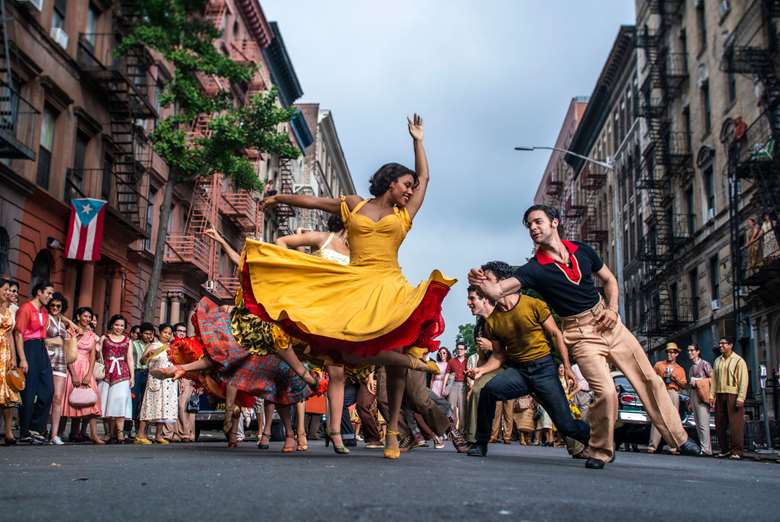Behind The Song: Leonard Bernstein and Stephen Sondheim’s ‘America’ from West Side Story
Joe Stilgoe
Thursday, June 22, 2023
Sondheim and Bernstein's masterpiece blends celebration and social commentary, and redefined Musical Theatre


Register now to continue reading
Thank you for visiting MusicalsMagazine.com. Sign up for a free account today to enjoy the following benefits:
- Free access to 3 subscriber-only articles per month
- Unlimited access to our news, podcast and competitions pages
- Free email newsletter

